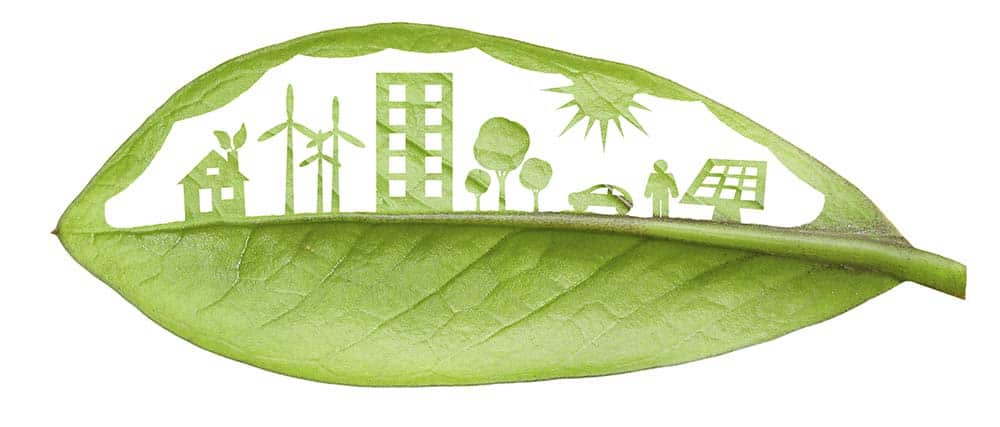 |
| http://betterbusiness.torkusa.com/new-leed-rules-catch-up-with-green-building-industry |
This post is the first in a series about Leadership in Energy & Environmental Design (LEED). Understanding LEED is valuable tool in the construction lawyer’s toolbox. LEED certification has given rise to some unique disputes. For example, issues have arisen as to what happens if a project does not meet the specified LEED certification, what if a city goes all-in with the Green movement before the industry is ready, and even a challenge to whether the LEED standards mislead the energy efficiency gains. Given the relative newness of LEED, yet-unknown disputes may be forthcoming and getting a head start on what LEED is all about is beneficial to all construction practioners.
First an introduction and overview: LEED is a certification available to both projects and professionals that is offered through and administered by the U.S. Green Building Counsel. LEED refers to sustainable and efficient building and is relatively new (i.e. 2000) on the construction scene. But even in its short tenure, LEED is gaining both visibility and momentum.
LEED project certification, based on a rating system (version 4.0 went into effect in June 2015), is applicable worldwide and is sought by project owners for a variety of reasons including for procuring funding to cost savings to projecting environmental consciousness. The certifications--platinum, gold, silver, and certified--are based upon the number of points the project achieves in various categories. The rating system is tailored to the type of project, so points can be earned in different ways depending on what is being built. New construction, retrofit, operations & maintenance, and neighborhood planning are the four primary project types. The achievement categories for the construction-project types are location/transportation, sustainable sites, water efficiency, energy/atmosphere, materials/resources, indoor environmental quality, innovation, and regional priority. For neighborhood planning, LEED looks for achievement in smart location/linkage, neighborhood pattern/design, green infrastructure/ building. In all cases, the project must achieve certain prerequisite(s) in each applicable category before moving on to collecting points in these same categories. Points are weighted differently depending on the impacts the criteria is meant to address. For example, points intended to address climate change and human health are weightier than some of the others. Also interesting, under many categories there are pilot points, which are being tested out for inclusion in the next version of LEED.
LEED professional credentials demonstrate one's expertise in green building practices and the dynamics of the various LEED rating systems. A mastery of the building blocks are proven by passing the LEED Green Associate exam. The next level is the LEED Accredited Professional (AP), which requires an established contribution in a LEED project along with exam passage in one of the five systems - building design and construction, interior design and construction, building operations and maintenance, neighborhood development, and homes. Even more advanced is the LEED Fellow, reserved for those who are nominated by their LEED AP peers among reaching other criteria.
Next up: we dig into the categories.
---------------------------------------
The author, Katharine Kohm, is a committee member for The Dispute Resolver. Katharine practices construction law and commercial litigation in Rhode Island and Massachusetts. She is an associate at Pierce Atwood, LLP in Providence, Rhode Island. She may be contacted at 401-490-3407 or kkohm@PierceAtwood.com.
No comments:
Post a Comment